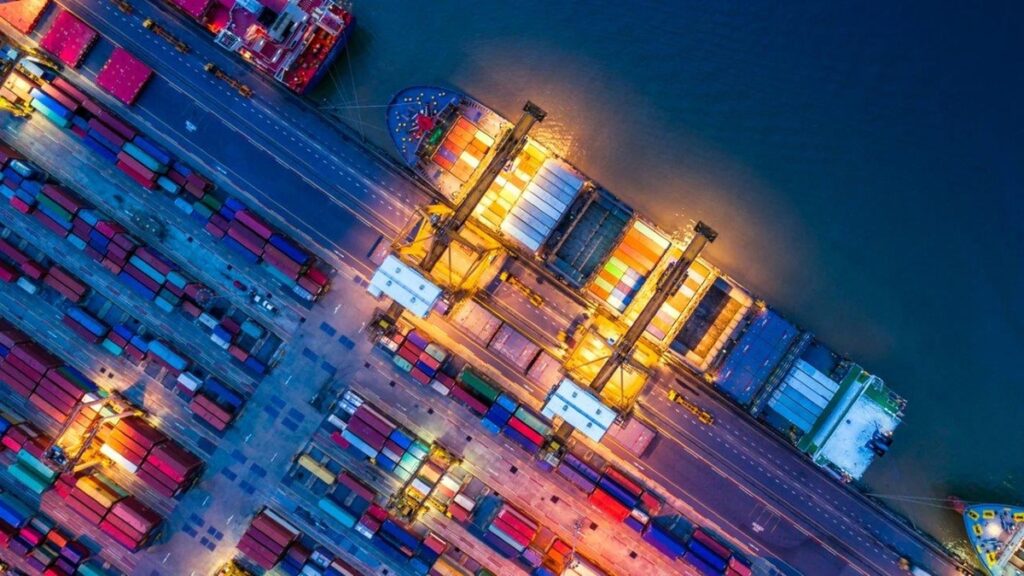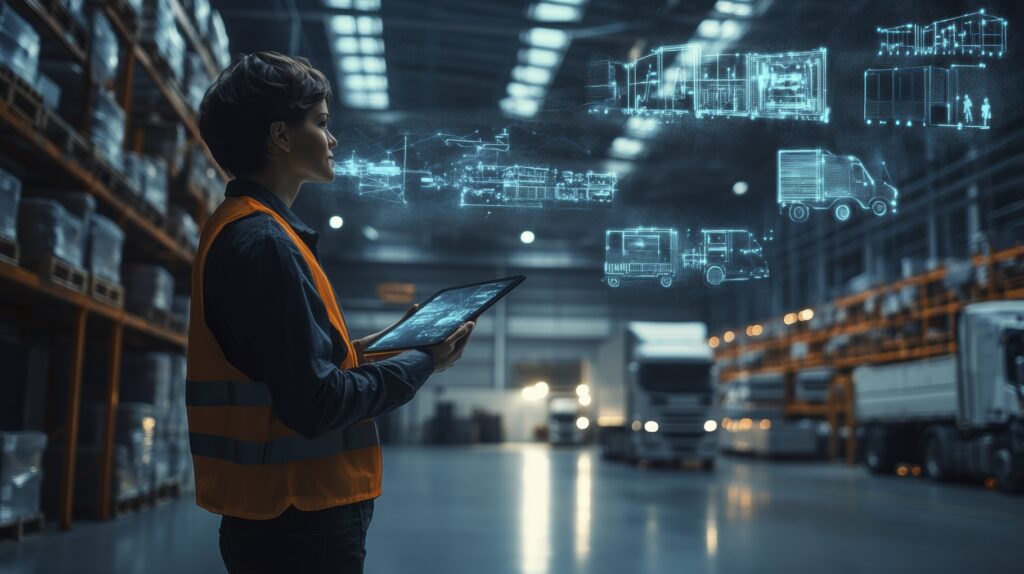A shipment has just arrived at the port—a routine event, yet behind the scenes, a complex web of processes and regulations must be managed to ensure goods enter or exit a country safely and swiftly. In recent years, technology has transformed this critical logistics stage: customs clearance. By 2025, the industry will reach unprecedented levels of automation and efficiency, driven by groundbreaking innovations.
AI & Machine Learning: Predictive Automation
Artificial Intelligence (AI) and machine learning already play a pivotal role in customs clearance. These systems analyze vast datasets to predict issues and automate steps, slashing processing times and human errors. By 2025, AI will enable systems to: Identify documentation patterns. Flag inconsistencies before they cause delays. Optimize import/export flows, reducing cargo hold-ups at borders.
Blockchain: Real-Time Transparency & Security
Blockchain is revolutionizing customs with decentralized, tamper-proof ledgers. Every shipment movement—from origin to destination—is recorded in real time, enhancing: Traceability: End-to-end visibility for audits. Efficiency: Faster customs approvals. Trust: A reliable foundation for global trade operations.
IoT & Sensors: Precision Monitoring
IoT-enabled sensors on shipments track temperature, humidity, pressure, and location in real time. By 2025, this will: Ensure compliance with transport regulations. Expedite clearance by providing authorities with live, accurate data. Be indispensable for pharmaceutical and food industries, where quality control is critical.
Automation & Robotics: Streamlined Inspections
Modern ports will leverage: Automated document verification. AI-powered scanners and inspection robots. Faster cargo releases, freeing human teams to focus on complex tasks.
Big Data: Smarter Decision-Making
With big data analytics, customs authorities and businesses can: Cross-reference historical/real-time data to predict delays. Ensure compliance with international standards. Reduce costs by optimizing routes and resource allocation.
The Bottom Line
Technology is reshaping customs clearance into a faster, safer, and more predictable process. For global businesses, this means: ✔ Lower costs ✔ Reduced risks ✔ Competitive advantage As we approach 2025, early adopters of AI, blockchain, and IoT will lead the next era of frictionless trade.






